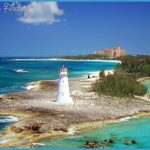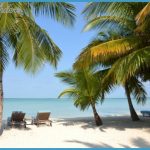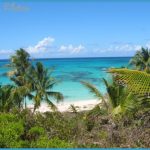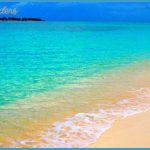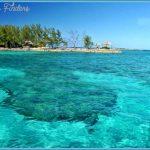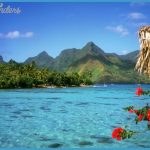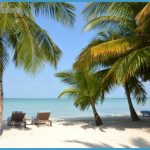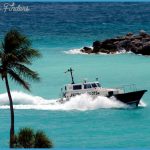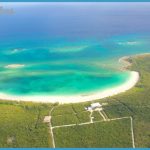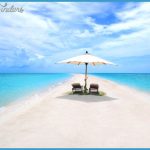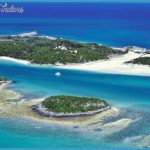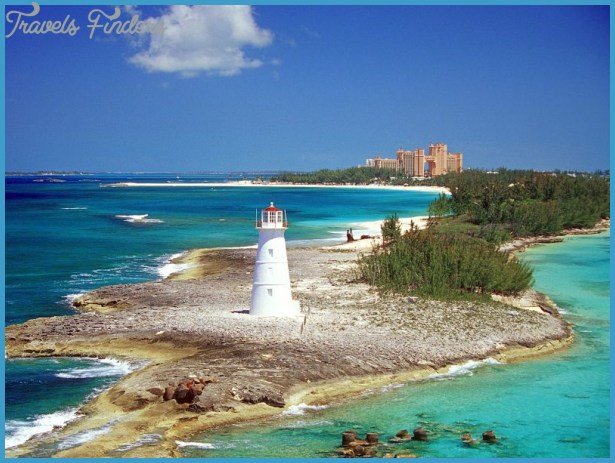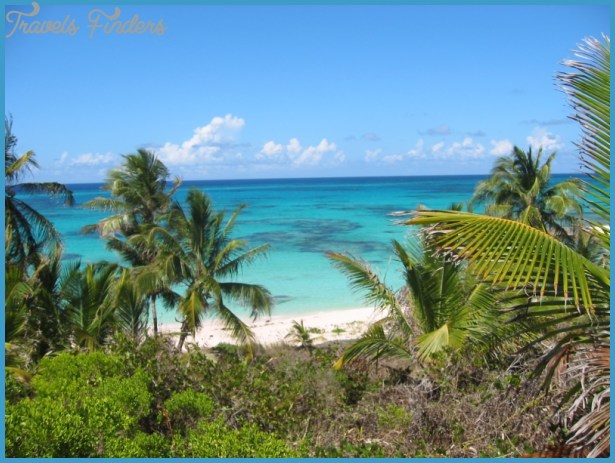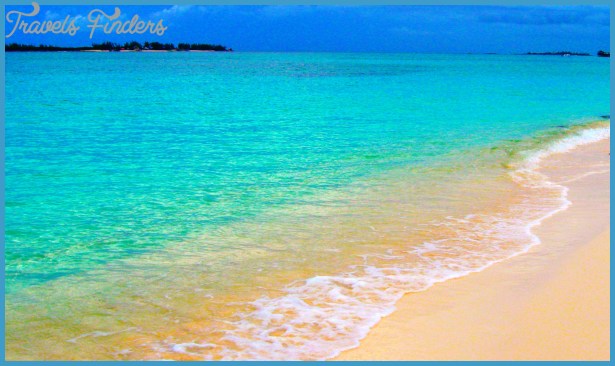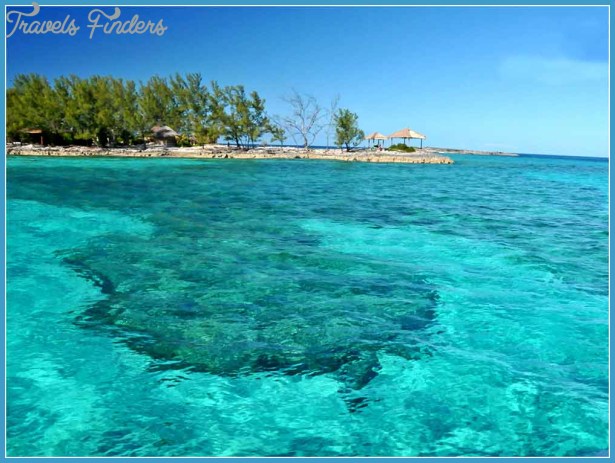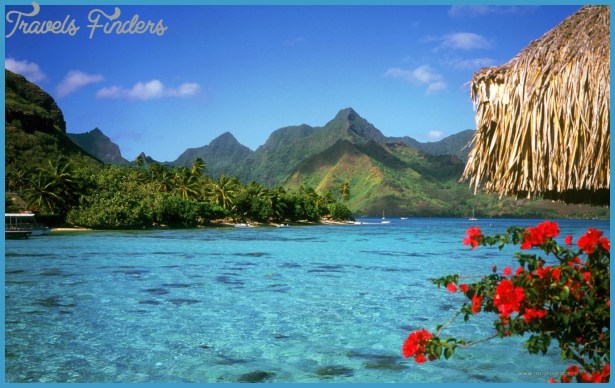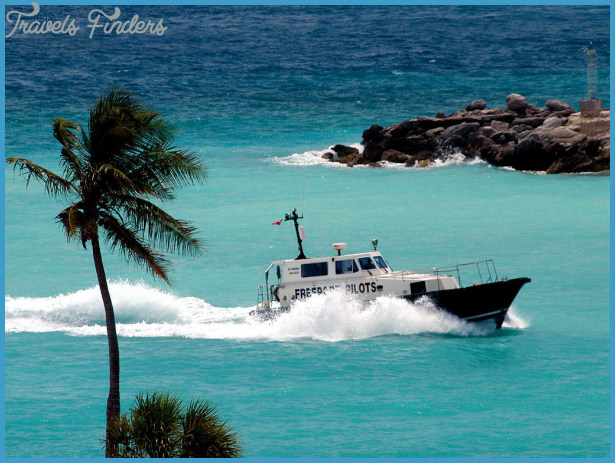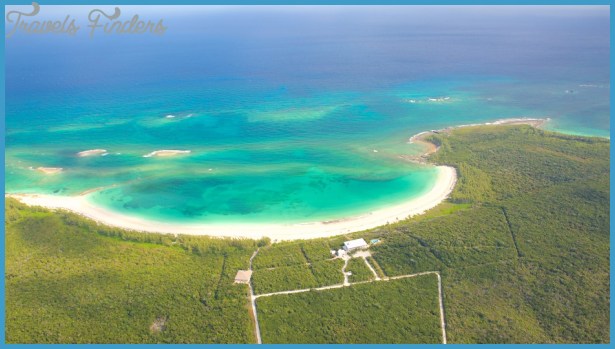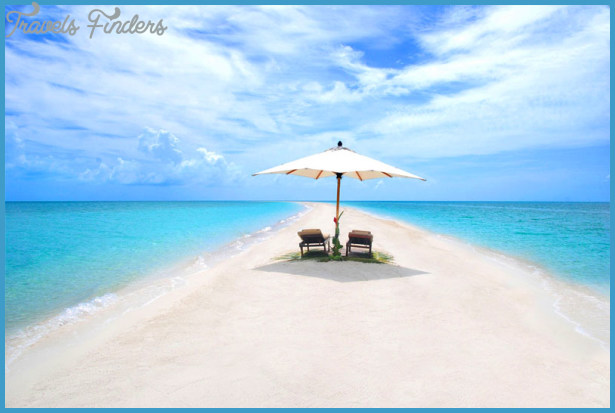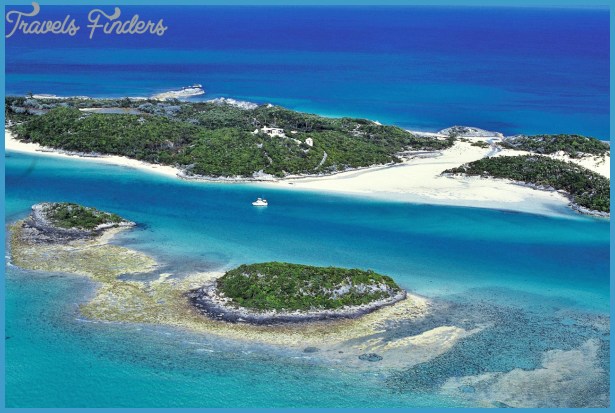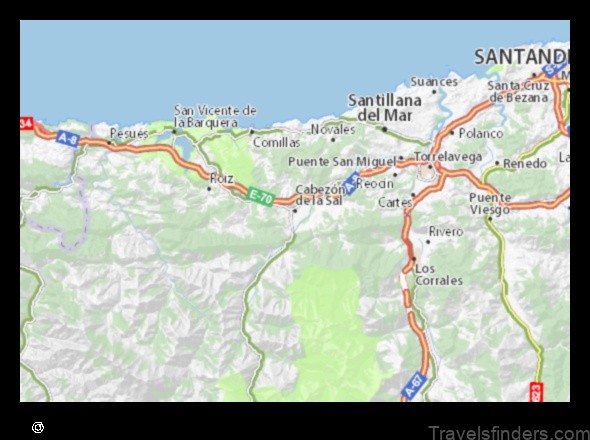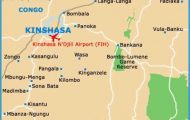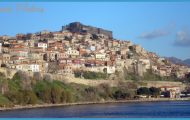Spanish Wells, once the watering spot for Spanish galleons, is like something out of science fiction, a community of thirteen hundred people living apart from the rest of the Bahamas in a Lilliputian world of their own just off North Eleuthera. About half the town is old New England, the other half, South Florida masonry. The old part of town could be lifted from Martha’s Vineyard, of an architecture style probably brought by loyalists who migrated to the Island from New England during the Revolutionary War, still supporting George III. Spanish Wellians have developed a culture unto themselves: churchgoing, law abiding, hard working, and distinctly ethnic white. Their per capita income from lobster-ing is the highest per capita income of any Caribbean island.
No locks on homes or resort guest rooms. The only crime is perhaps excessive boisterousness from having one too many. The two Bahamian policemen stationed on the island must come to the scene of need either on motor scooter or on foot since one of the police scooters is broken down. Bicycling and scootering are in and the visitor can cover the island on a rented bike or scooter in an hour or so. Adjacent Russell Island is attached by a bridge.
Education on the island usually ends with the ninth grade, the residents seeing life and livelihood as revolving around the sea, with little need for higher education. The men begin fishing and spearing the spiny lobsters at about age fourteen. The boys can make from fif-
FIGCIRE 7.5 Spanish Wells, the Bahamas. Loyalists from New England settled here during the American Revolution. Their descendents, all whites, live here prosperously because of their fishing and lobstering. Two motels receive guests, who can bicycle around the island and use it as a base for sailing and snorkeling.
One hundred dollars a day free-diving for lobsters, which they do until about the age of forty when the younger men take over. Free divers go as deep as ninety feet the record catch of crawfish is twelve on one breath. (Scuba diving for crawfish is prohibited by law.) Diving is strenuous indeed. Men lose as much as ten to fifteen pounds during the three-week fishing trips. Almost to a man they are slender and often blond and blue eyed to an extreme.
No women’s lib for Spanish Wells. Girls marry at sixteen or seventeen and are ardent homebodies. Cleanliness takes on a touch of obsession as wives do complete housecleaning with the departure of their fishermen husbands. All windows and screens are cleaned and even pots and pans are taken out and scrubbed. Yards are manicured. Tiny gardens and orchards flourish without the trace of a weed or an uncut blade of grass.
Spanish Wells is not completely white since about one hundred Haitians live on adjacent Russell Island and do much of the menial work. Residents from across the channel at Bluff on Eleuthera are also employed.
Visitors to Spanish Wells can enjoy snorkeling and scuba diving along the twenty- to twenty-five-mile-long reef accessible by speed boat. Swimming off the island is good only at high tide but makes for safety since the water depth is only a few feet for hundreds of yards off shore. As with several other Eleutheran beaches, the sand takes on a pinkish cast.
Harbour Island, reached by speed boat from the island of Eleuthera, is one large winter resort which in the summer closes as though a shopkeeper pulled down the shades of his windows. Only Valentine’s Yacht and Beach Club remains open, a resort where the warmth and friendliness of the Valentine family overcome much of the lack of activity. The Valentine stamp is seen in the restaurant, where girls of fifteen or sixteen change uniforms for each meal, and dining alfresco around the pool is a principal attraction. Mr. Valentine, one of the few American expatriates to own and operate a Bahamian resort, has rejuvenated what was once a defunct yacht club. Aside from the excellent table, diving and fishing and swimming are options offered guests. The pink beach on the other side of the island, the result of bits of pinkish coral mixed with sand, is of interest.
Andros, the largest of Bahama’s islands, is actually a number of smaller islands separated by a series of channels, dotted with lakes and creeks. Off the coast west of Andros is the third largest barrier reef in the world, paralleling the island for 120 miles. While most of the Bahamian islands periodically experience fresh water shortages, Andros has plenty. Water is barged to Nassau to supplement the local supply and that made by desalinating sea water.

